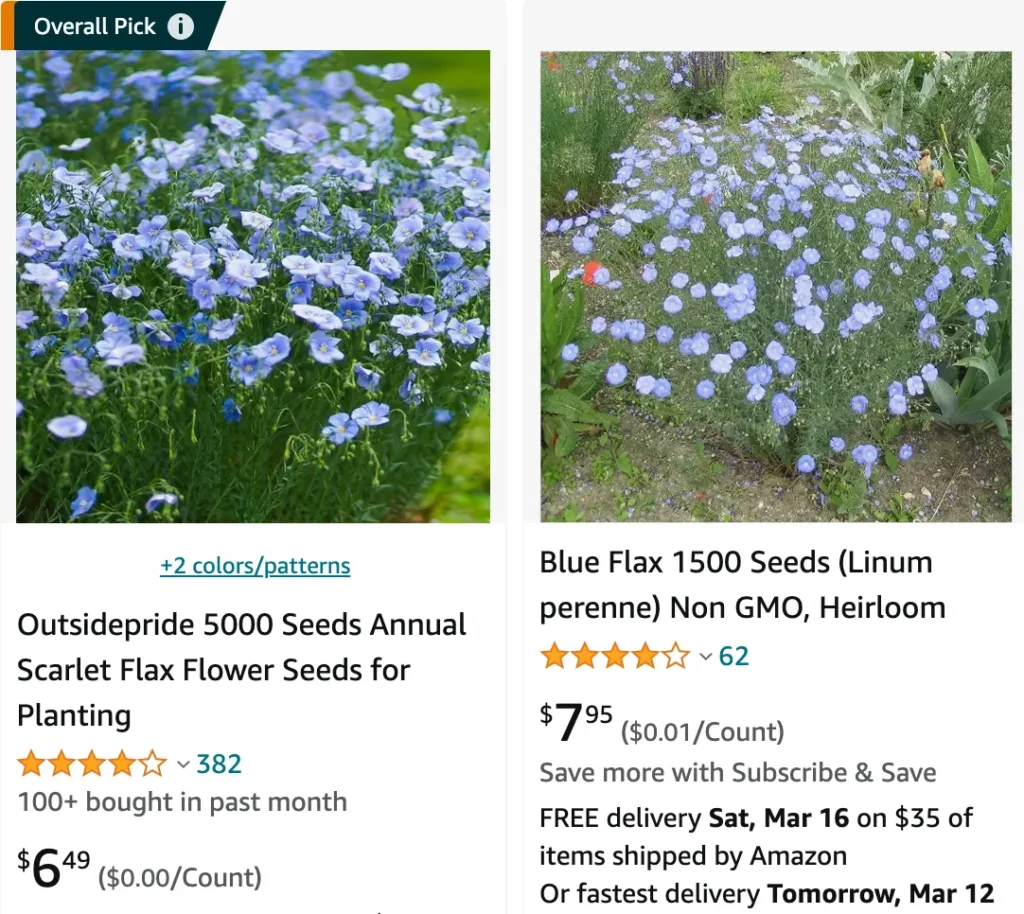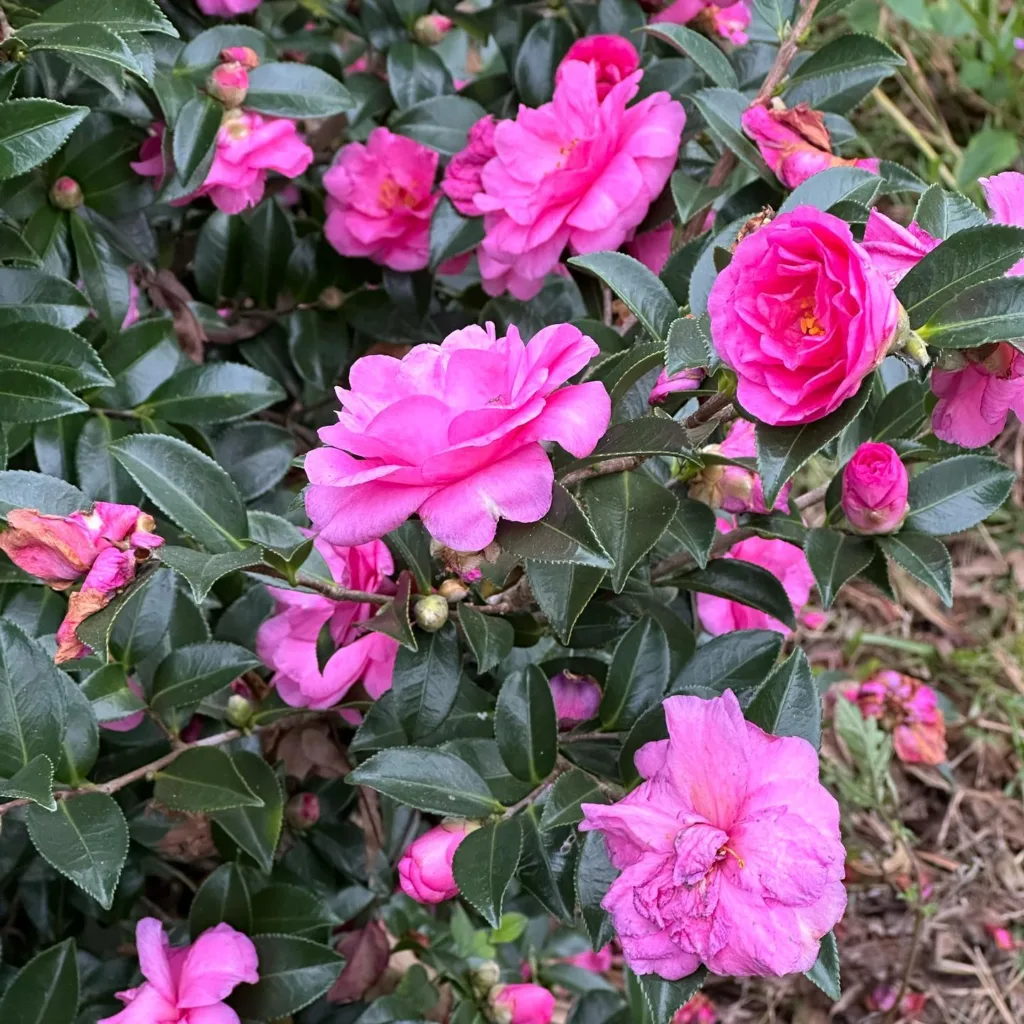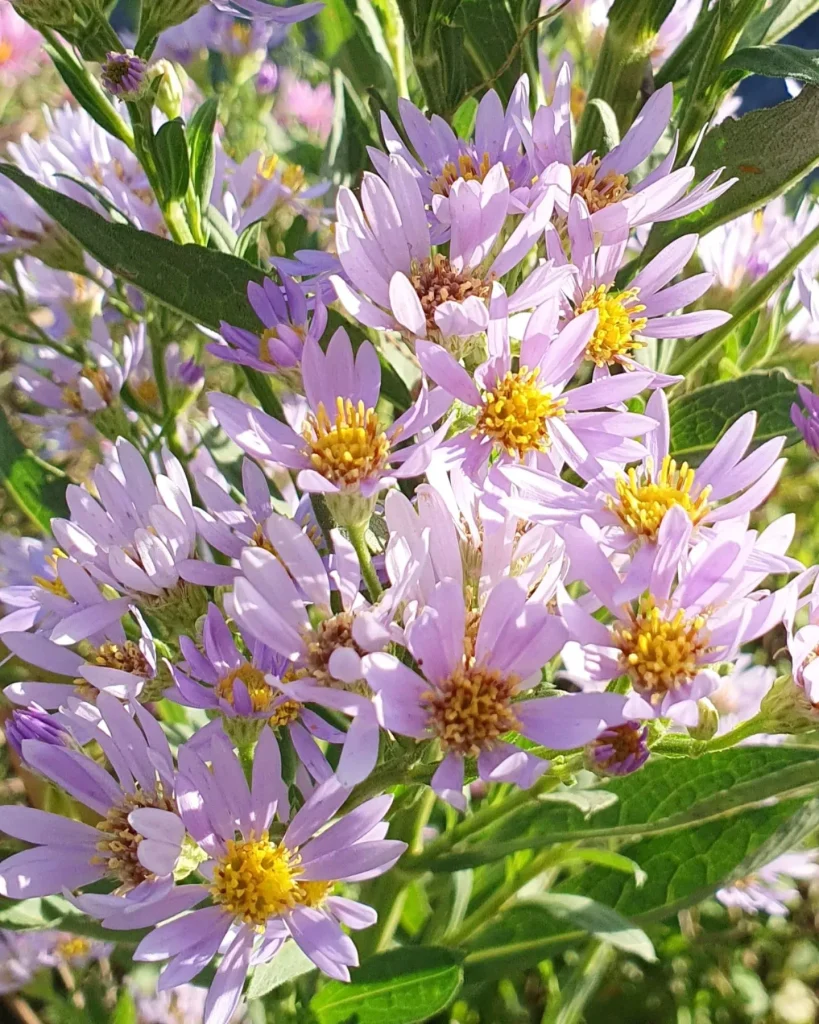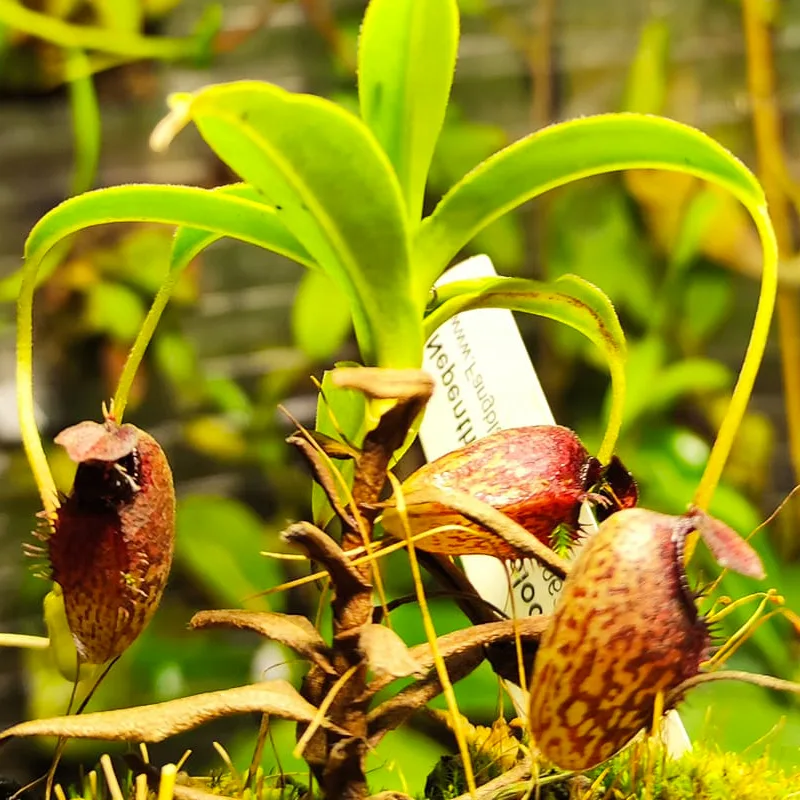
Linum Perenne: A Delicate Dance with Sky Blue Flowers
Linum perenne, also known as perennial flax or blue flax, has always held a certain mystique for me. Its delicate sky blue flowers, dancing atop slender stems, add a touch of whimsy to any garden. But beyond its beauty, Linum perenne has a fascinating history – a connection to the very fabric of civilization. That’s right, this little flower is a distant relative of the flax plant used to produce linen.
215 Species in Genus Linum
Growing up in Vietnam, linen wasn’t a common material. Silk held a more prominent place in our textile traditions. Yet, there’s something undeniably elegant about linen – its crisp texture, its cool touch on a hot day. So, when I stumbled upon Linum perenne, I was captivated by the idea that this seemingly ordinary flower held the potential for something so extraordinary.
This fascination led me down a rabbit hole of research, and what I discovered was a world of delicate beauty and surprising resilience. Here, I want to share what I’ve learned about Linum perenne, from transforming it into linen threads to nurturing it in your own garden.
Linum Perenne vs Linum Lewisii
I’ve found Linum Perenne to be a charming addition to my garden with its long-lasting blooms, while Linum Lewisii has impressed me with its striking, delicate blue flowers that stand out beautifully.
How to Grow Linum Perenne?
Linum perenne is a gardener’s delight. It’s a low-maintenance plant that thrives in well-drained soil and full sun. The strong summer sun might necessitate some afternoon shade, especially for younger plants.
Planting Linum perenne is straightforward. You can either start from seeds sown directly outdoors in early spring or opt for pre-grown seedlings. Seeds germinate readily, and within a few weeks, you’ll see delicate green shoots emerge.
Once established, Linum perenne is quite drought tolerant. Deep watering occasionally is sufficient, especially during extended dry periods. Remember, overwatering is a bigger threat than underwatering for this plant.
As the flower stalks reach maturity, deadheading spent blooms encourages continued flowering throughout the summer. A light shearing after the first flush of flowers can also promote bushier growth and even more blooms.
How to Get Linen from Linum Perenne?
While Linum perenne is a relative of the flax plant (Linum usitatissimum), the process of extracting linen fibers from this specific variety isn’t as straightforward. Perennial flax has shorter stems compared to its industrial cousin, making the fiber extraction process less efficient.
However, that doesn’ t mean it’s entirely impossible. With patience and dedication, you can harvest the stems of Linum perenne, ret them (a process of soaking and breaking down the outer woody part of the stem), and then separate the long bast fibers used for linen production.
This is a labor-intensive process, more suited for the curious crafter than large-scale production. But the reward of creating your own linen thread from these sky blue flowers is an experience unlike any other.
Is Linum Perenne Edible?
While Linum perenne isn’t considered toxic, it’s not typically grown for culinary purposes. The leaves have a slightly bitter taste, and there aren’t any documented culinary traditions surrounding this plant.
However, the beauty of Linum perenne lies in its versatility. While it might not grace your dinner plate, its delicate flowers can add a touch of whimsy to salads or desserts. Just be sure to identify your plant correctly – there are some Linum species that are indeed toxic.
Beyond the Basics: Caring for and Propagating Linum Perenne
Linum perenne is a relatively disease and pest-resistant plant. However, occasional infestations of aphids or slugs can occur. For aphids, a strong blast of water from the hose pipe is often sufficient. For slugs, organic slug control methods like beer traps or diatomaceous earth can be effective.
Propagating Linum perenne is easy. You can divide established clumps in spring or fall, ensuring each division has healthy roots and shoots. Alternatively, collect seeds after the flowers have dried and sow them directly in the garden in early spring.
What to Plant with Linum Perenne?
Linum perenne’s delicate beauty pairs well with a variety of plants. Here are a few suggestions:
- Grasses: Ornamental grasses like feather reed grass (Calamagrostis acutiflora) or maiden grass (Miscanthus sinensis) provide a textural contrast.
- Yarrow (Achillea millefolium): Yarrow’s vibrant yellow flowers create a cheerful color combination.
- Catmint (Nepeta x faassenii): Catmint’s fragrant lavender flowers attract pollinators and complement the blue tones of Linum perenne.
With a little planning, you can create a stunning and low-maintenance garden haven using Linum perenne as the centerpiece.
Conclusion: A Touch of Sky in Your Garden
Linum perenne is more than just a pretty face. It’s a testament to the delicate balance between nature’s beauty and human ingenuity. While large-scale linen production might not be feasible with this particular variety, the act of cultivating it and experimenting with its potential connects us to a rich textile tradition.
If i die, water my plants!



